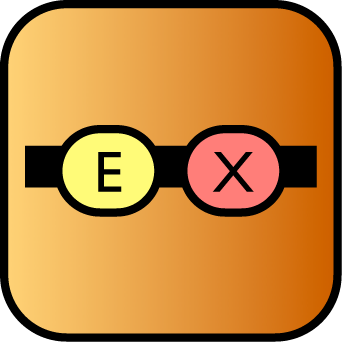DNA
Some BioBrick parts are designed to provide functionality to the DNA itself. Some examples of DNA parts include
- restriction enzyme recognition sites that enable digestion and subsequent manipulation of pieces of DNA
- mixed sites or scar sequences
- default inserts within the BioBrick cloning site of BioBrick plasmids
- multiple cloning sites in plasmids
- primer binding sites that allow primers to bind to the DNA for PCR and sequencing applications
- spacer sequences that physically separate flanking BioBrick parts on the DNA
- functional DNA elements used in conjugative transfer of DNA from one cell to another
- DNA sequences that fold to make secondary and tertiary structures, such as DNA origami parts
- replication origins that enable plasmids to replicate independent of the chromosome in cells.
Nearly all BioBrick parts are specified as DNA sequences, but that does not make all BioBrick parts have type "DNA". Protein coding regions, promoters, ribosome binding sites, terminators, plasmid backbones, among others, also do NOT have type "DNA". Similarly, primers, being single-stranded synthetic DNA, do not have type "DNA" and instead have their own part type "Primer". You can browse the Registry primer collection separately.
| Cloning sites, restriction sites, and scars: DNA parts associated with assembly of parts. | |
| Primer binding sites: DNA parts encoding sequences to which common BioBrick primers anneal. | |
| Spacers: Spacer DNA parts used to physically separate flanking BioBrick parts. | |
| Recombination sites: Parts encoding DNA sequence targets for various recombinases. | |
| Transposons: Transposons are sequences of DNA that can move around to different positions within the genome of a single cell. | |
| Conjugation: DNA parts used to conjugative transfer of DNA from one cell to another. | |
| Chromosomal integration: DNA parts used to integrate synthetic biological systems onto the chromosome. | |
| DNA origami: Parts for making DNA origami--DNA strands that base pair to form intentionally designed 3D structures. | |
| DNA aptamers: Short single- and double-stranded DNA sequences that specifically bind molecular targets, such as small molecules, proteins, and organisms. | |
| Plasmid replication origins: DNA sequences that enable autonomous, chromosome-independent replication of plasmids. | |
| Help: A glossary, FAQ, and further reading on DNA parts. |










